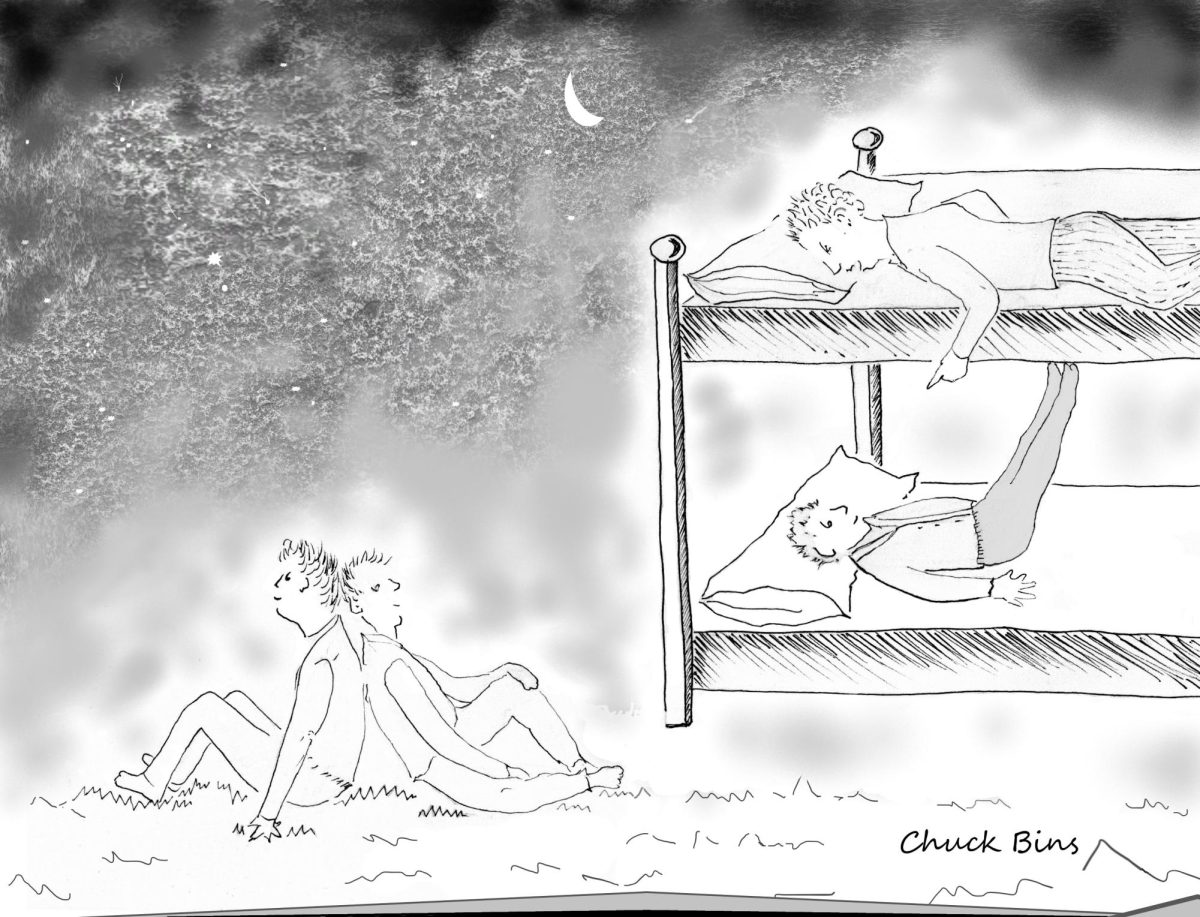When I was still working for the federal government as a mid-level manager, I had the unenviable task of briefing one of our organization’s senior executives. “Sue” was third in command, essentially at the COO level, and didn’t suffer fools gladly. Although staying abreast of internal operations was part of her job jar, the activities taking place in the bowels of the building often bored her. Sue preferred to immerse herself in Congressional Budget briefings and areas of greater impact and visibility. Naturally, I entered her office with some trepidation, making sure I had memorized my taking points and had all my source materials in good order.
It was a late April afternoon, and Sue was standing by the large windows of her office and staring into the distance. Reluctant to disturb her at first, I just stood there like a ninny, the briefing scrolling through my brain for the umpteenth time. Finally, she turned and motioned me over. “Look at those trees with their apple green buds,” she said softly. Don’t you love this time of year when everything starts coming back to life?”
Perhaps it was the dissonance of what I was expecting and what I experienced when I walked through her threshold, but now, whenever the first green buds start to pop on our willow trees, I think of Sue and that late April afternoon. Even if my briefing wasn’t much of a hit, the encounter forced me to wake up and marvel at the rebirth of nature.
Of course, there are things about spring that are not all that pleasant—pollen, weeds, a list of spring-cleaning tasks. But most of us still relish the season and the way it infiltrates all our senses– budding deciduous trees, blooming tulips, daffodils, and forsythia, squawking ducks, chirping sparrows and robins, the rich, earthy smells of mulch and freshly cut grass.
According to science, our receptive neurons, starved of serotonin through the winter months, are suddenly flooded with it, uplifting our mood. The flood of this feel-good hormone impacts these sensitive receptors, causing us to experience “spring fever.” We smile, have more bounce in our step. Maybe it’s my imagination, but even our dog has recently become more playful, even rambunctious, with the sudden change in season.
But the start of spring does more than just lighten our mood. As the English poet Alfred Lord Tennyson claimed, “In the spring a young man’s fancy lightly turns to thoughts of love.” Indeed, studies show that sexual behavior in mammals follows a seasonal pattern, one that promotes survival.
While in New Zealand earlier this year, I was reminded how most indigenous populations are keenly attune to the cyclical rhythms of the natural world. The koru, for instance, is an integral symbol in Māori art, symbolizing new life, growth, strength, and peace. It’s circular, spiral shape is based on the unfurling frond of the native New Zealand silver fern. Walking through the bush, I snapped pictures of the frond, knowing it will eventually burst open to a beautiful leaf, then germinate to continue the cycle of life. Later, back in town, I buy a jade koru necklace in honor of my sister’s upcoming retirement, a milestone in life with promise of new beginnings.




















Sadie Campbell • Nov 9, 2024 at 12:08 pm
Haven’t we all known a “Sue” when we toiled in the workplace? It’s nice to visualize a softer, more approachable colleague and not a person who makes us a little(?) nervous. Sadie